CASE STUDY
Search by area
Search by keyword
- All
- Ryotei & Restaurants
- Lodging/Hotels
- Producers
- Technology
- DX (Digital) & SNS
- City Planning
- Utilization
- Gastronomy and Culinary
- Japanese Nature
- Japanese history and traditional culture
- Japanese Food Culture
- Agriculture
- Fisheries
- SDGs
- Local production for local consumption
- Foreigner Activation
- Experience
- Overseas Expansion
- Fermentation
- Public-private partnerships and collaborations
- Sake
- Community Revitalization
- Spirituality
- Japan of the Sea
- Mountain Japan
VIEW ALL
-
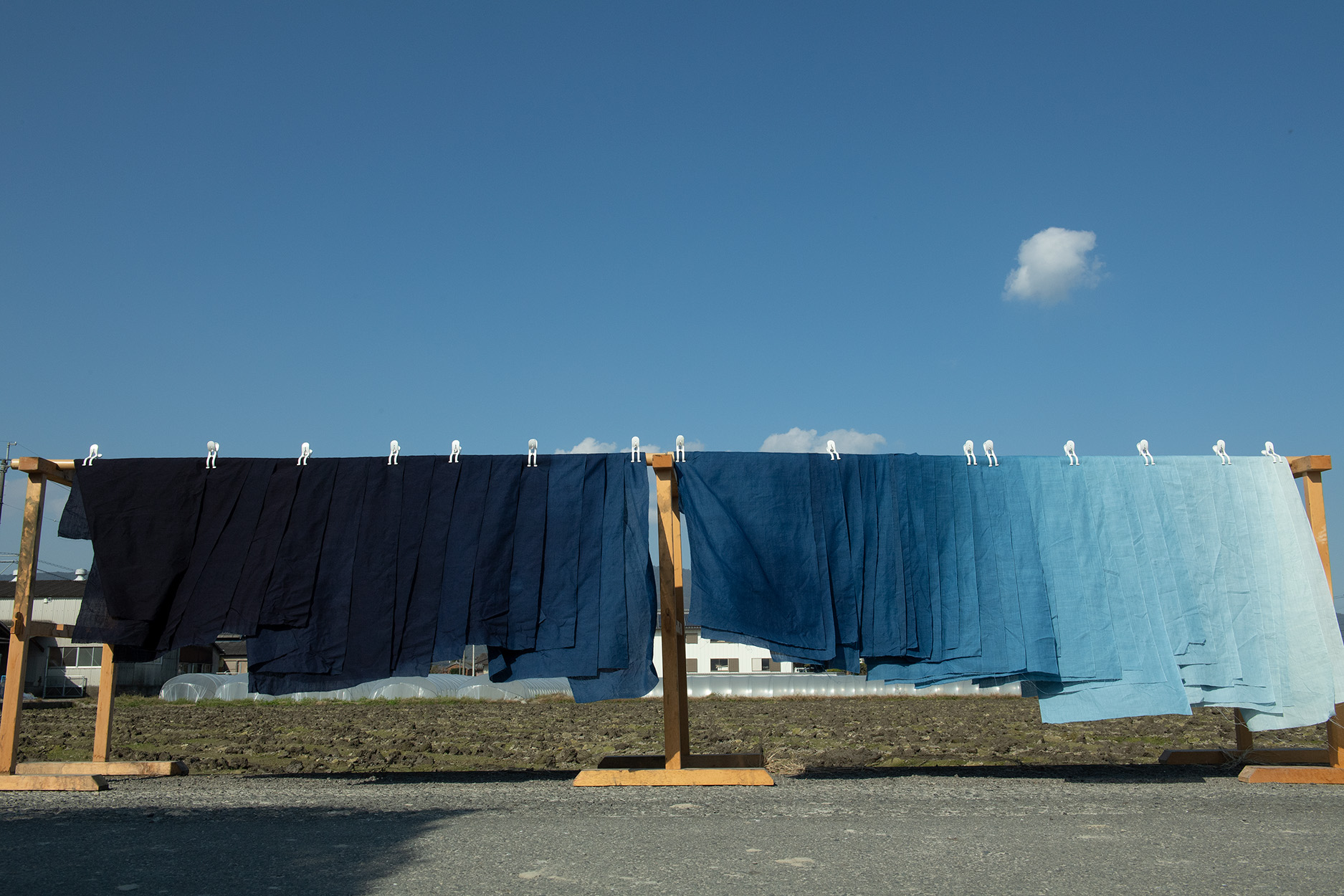
Chugoku
24 Living Alongside Indigo. New Stories from Tokushima Featuring Japan Blue.
Japan Blue is a variety of the indigo color that is highly sought after worldwide. The plants used for indigo dyeing can be found throughout the world, and their history can be traced back approximately 4,000 years to ancient Egypt. Verses mentioning indigo can also be found in the ancient Manyoshu book of Japanese poems, suggesting that indigo dyeing began to spread across Japan from the Nara and Heian periods.<br> Today, the indigo color is known for its use in jeans, for example, but the majority of this indigo is synthetic, with only a few manufacturers using natural indigo dyeing methods. Much of the indigo found in Tokushima, however, is produced naturally. Moreover, in addition to its use as a dye, indigo in Tokushima has long been a familiar food. There is a saying that indigo craftsmen never get sick, and due to its nutritional value and functionality, in recent years it has been garnering significant attention as a so-called superfood. Rethinking the possibilities for indigo from diverse perspectives, a new generation of individuals from Tokushima are kickstarting new indigo movements.
Read more -
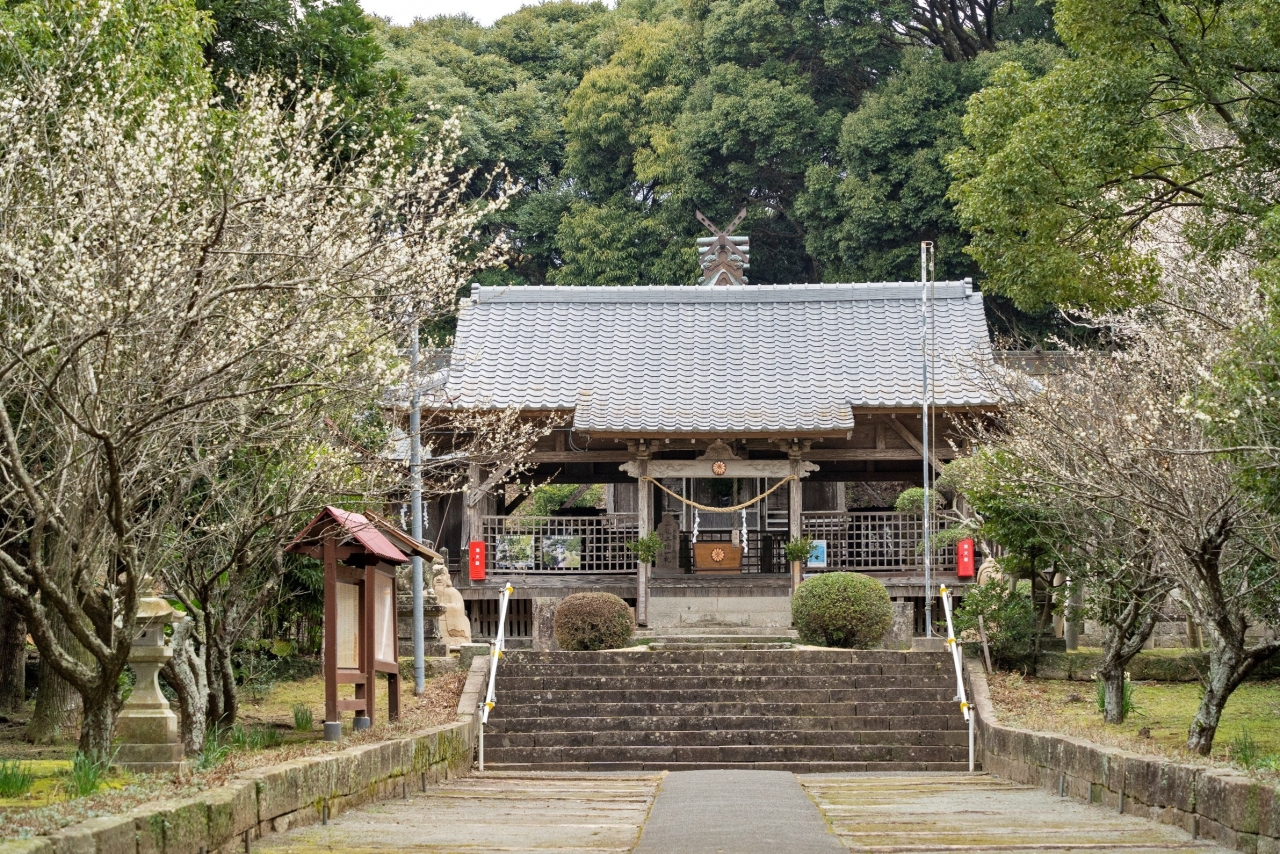
Kyushu
18 A Pioneering Spirit to Spread Satsuma Shochu Worldwide―Satsuma
The stories of the dieties at Takaya Shrine in Minamisatsuma City, Kagoshima Prefecture, are said to have foretold the birth and development of shochu in Kagoshima, and as such the shrine has come to be known as the Shochu Shrine. Traditionally, Kagoshima has not been suitable to rice cultivation—and in turn sake production—due to its high temperatures, high humidity, frequent typhoons, and volcanic soil. During the rule of the Satsuma clan in the mid-Edo period, however, the sweet potato shochu production flourished as a local culture with the arrival of sweet potatoes. From then onward, the industry has overcome the area’s unfavorable geographical conditions by incorporating techniques from overseas, such as unique distillation methods and the use of black koji mold. Doing so helped to develop a unique sweet potato shochu. Toward the end of the Edo period, the Satsuma clan produced many outstanding individuals who helped to drive the modernization of Japan. A pioneering spirit of boldly taking on difficult challenges and creating a new era without being bound by precedent is firmly rooted in this region. Today, the endeavors of various shochu distilleries and their initiatives with local communities are helping to spread the charms of Satsuma Shochu worldwide.
Read more -
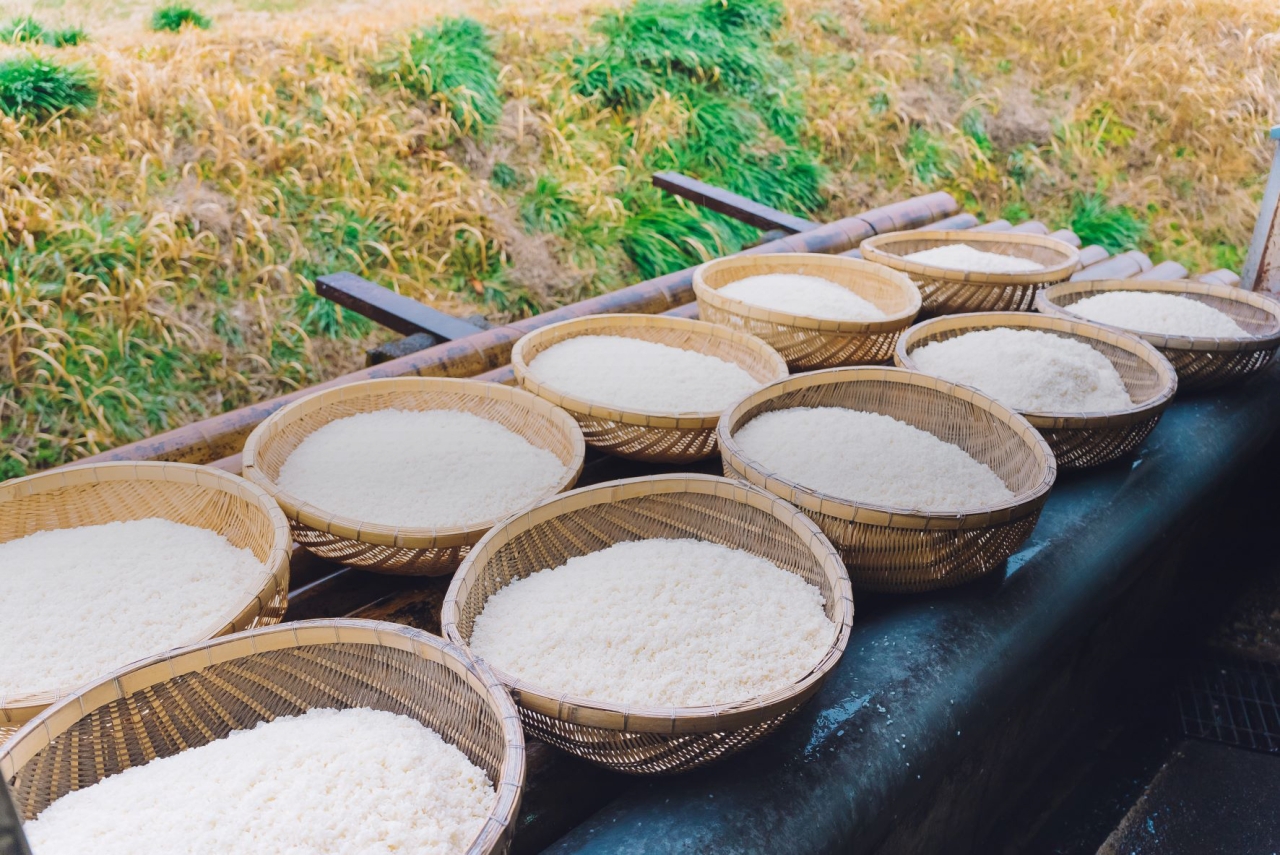
Kyushu
17 Building a Future for Kuma Shochu through the Passion and Strategies of Local Distilleries Hitoyoshi Kuma
Kuma Shochu is one of the shochu brands designated as a Geographical Indication by the World Trade Organization. It is produced in the Hitoyoshi Kuma region, which is in a long, thin basin that stretches 40 km east to west and 10 km north to south in the southern part of Kumamoto Prefecture. The basin is surrounded by the Kyushu Mountains and through its center runs the Kumagawa River, one of the three fastest flowing rivers in Japan. Hitoyoshi Kuma has been called “Japan’s most vibrant hidden village.” Unusually, there are 27 different shochu distilleries centered in this one region. Each of these distilleries has carried forward the area’s more than 500-year-old rice shochu tradition, and today they continue to create unique shochu products that maximize their individual features and charms. During the Meiji period (1868–1912), Kuma Shochu was an extravagant drink that cost four times as much as sake. One of Kuma Shochu’s appeals is the hard work that distillery owners put in to raising the product’s value.
Read more -
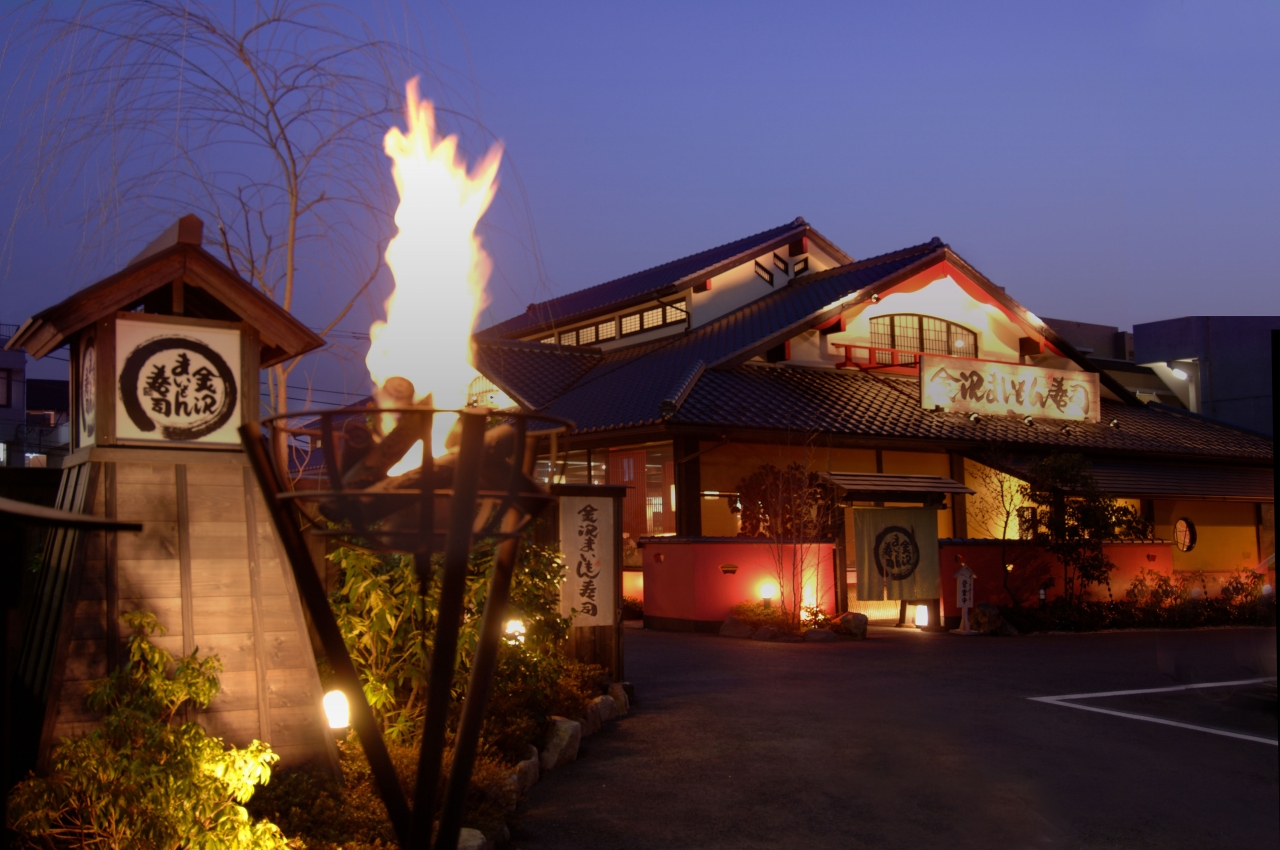
Hokuriku
16 SUSHI×TECHNOLOGY Pioneering the Future of Food Culture from Kanazawa.
Kanazawa City in Ishikawa Prefecture in Japan’s Hokuriku area is known for Kenroku-en Garden, Kanazawa Castle, and the Nagamachi Samurai District, all of which are steeped in the history and culture of the expansive former Kaga domain; as well as magnificent food culture that incorporates the delights of the Sea of Japan. Kanazawa Maimon Sushi was first launched in Kanazawa City in 2000. Extremely popular as a high-quality, gourmet kaitenzushi (conveyor-belt sushi) restaurant, Kanazawa Maimon Sushi has attracted a lot of media attention. M&K Corporation is the restaurant’s managing company, and using Kanazawa as its platform, it is currently working to expand the potential of sushi worldwide as a central element of Japan’s food culture. Kanazawa Maimon Sushi has in place a unique strategy for the future of sushi—this has the potential to impact significantly on food not only in Japan, but around the world.
Read more -
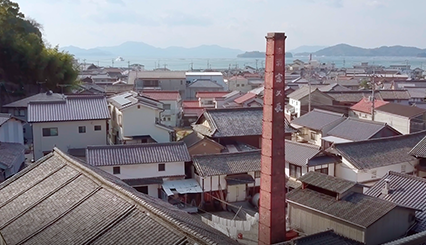
Chugoku
12 Diverse Flavors Brewed by a Fourth Generation Female Master Brewer Carrying the Traditions and Techniques of the Hiroshima-toji into the Future
The town of Akitsu is home to the Hiroshima-toji, a guild of master brewers. Facing the Seto Inland Sea, the town flourished as a port for the shipment of sake rice from the Hiroshima domain during the Edo period. Here one can find Imada Shuzo Honten sake brewery run by master brewer Miho Imada. Imada was the only Japanese on the list of the BBC 100 Women 2020, which showcases women who influenced the world. She was awarded because of working in the world of sake brewing, which has traditionally been a male-dominated society, and continued promoting the appeals of sake to the world, exporting 30% of its production despite being a small brewery. Today, Imada continues to bring the fascination of sake to the world with stories of the Hiroshima-toji. She has created unique tastes such as Fukucho, which is made from Hattanso, an oldest sake rice revived by Imada and have not been produced for more than a century; Seafood, sake with lemon-like acidity designed to be paired with oysters; and Legacy, sake that is used ginjo sake made by previous generations of master brewers, instead of brewing water.
Read more -
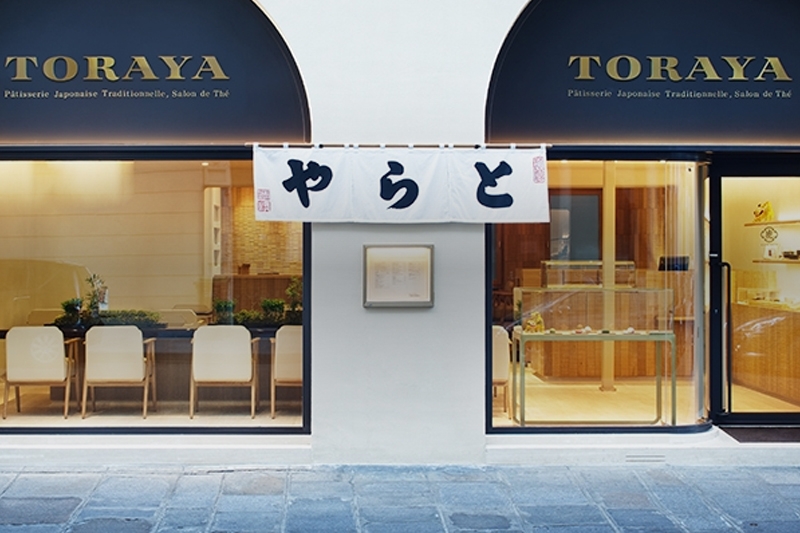
Kita-Kanto
11 Toraya—Aiming for the Future as an Establishment Steeped in History and Tradition
Since its founding in the late Muromachi period about 500 years ago, confection manufacturer Toraya has continued to carry forward the history and culture of wagashi—or traditional Japanese confections—and today is an established name both in Japan and abroad. Toraya became a purveyor to the Imperial Court during the reign of Emperor Go-Yozei (1586–1611), and for centuries has catered to the needs of its patrons. The company has also continued to develop new wagashi for overseas markets and to further extend the reach of its delicious flavors and unique charms. With the aim of taking over Toraya, Mitsuharu Kurokawa, the 18th and current head of the company, crossed over to study in the US while still at high school, and followed this up by accumulating vast experience in a range of settings, including wagashi production sites, the company’s boutique in Paris, and external roles in foreign trade. Here we speak to Kurokawa, who assumed the role of president in 2020, about the company’s management philosophy— to share the pleasures of traditional Japanese sweets(wagashi )—maintaining traditions as a long-established store, his forward-looking strategies for the future, and various other initiatives.
Read more -
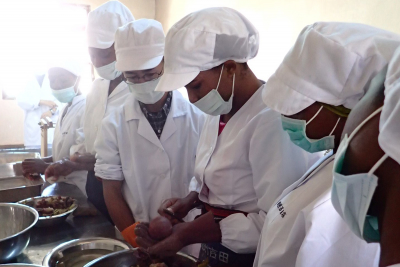
Overseas
10 Developing a Dried Sweet Potato Export Business in Africa
Recently, dried sweet potatoes have again grown in popularity for their simple, delicious taste and their benefits as a health food. With a history that can be traced back to the Edo period, techniques for the production of dried sweet potatoes have existed for around 200 years. Matoborwa, a company established in Tanzania in East Africa, is currently hard at work to create a new dried sweet potato export business. It is doing so with support from Terunuma, a long-standing sweet potato store from Ibaraki Prefecture. Key to the project’s success is the introduction of the Tamayutaka sweet potato variety from Japan—optimally suited to the production of dried sweet potatoes—and the creation of a collaborative cultivation system with local contracted farmers. Despite the long distance between Japan and Tanzania and their two varying dried sweet potato cultures, both are working together to launch a new business. Below, we hear from Matoborwa representative Tatsuo Hasegawa about agribusinesses and food processing businesses in Africa, the background to this new venture, and its future possibilities.
Read more -

Chugoku
9 The Importance of the Capacity to Change
Otafuku Sauce is currently engaged in efforts to communicate the appeals of konamon (flour-based) dishes in Europe, the US, and Asia, and in turn to drive exports of its sauce products. Although to date the company has developed new sales channels through face-to-face sales activities, during the COVID-19 pandemic, these methods these methods were no longer viable. “If we cannot connect with our overseas customers, we cannot survive”—this was the message from general manager of the overseas sales department Hwisung Hong and his team. In response, they sought to develop new sales channels through online cooking classes and YouTube videos, and as a result they achieved a 40% year-on-year increase in overseas sales. The secret to the team’s success was their joint work with TSS Production, a company that supports the development of overseas sales channels through content production. Through the use of media, even regional companies can connect directly with overseas retailers and consumers to open up new channels. Below we delve further into this success story.
Read more -
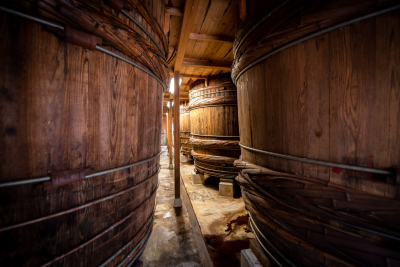
Minami-Kanto
8 Hand down the process of soy sauce from each region worldwide
Founded in 1854. The wooden tub that has been used for 170 years since the Edo period has kept the traditional soy sauce brewing made in the wooden tub over time. While inheriting the tradition, Kyosuke Iida, the current president, is constantly making new efforts. Currently, there are about 1150 soy sauce makers in Japan. Six major companies account for about 60% of sales, followed by nine second-tier companies, which are the top 15 companies, accounting for about 75% of the oligopoly industry. President Iida had a strong sense of crisis that we would not grow if we were doing the same things as major and second-tier companies. As one of the breakthrough measures, we have taken on the challenge of full-scale overseas expansion business since the 1960s.
Read more -

Kita-Kanto
7 Become a Kurabito. Enhancing the Value of Japanese Sake through a New Form of Sake Brewery Tourism
KURABITO STAY and Kitsukura Shuzo have teamed up to offer a completely new sake tourism program within the grounds of a 330-year-old sake brewery. This new program enables visitors to stay at a renovated, century-old lodging that was used by former kurabito, or sake brewers, at the Kitsukura Shuzo sake brewery in Saku, Nagano Prefecture. In addition to enjoying locally produced sake and delicious local dishes during their stay, guests can take part in the sake brewing process. It is an activity that fans of Japanese sake will want to experience at least once. Held on weekends only, since its launch in March 2020, the special program has been so popular among guests that some have even come back for more. KURABITO STAY, Inc. is the company responsible for developing and running the program. President Marika Tazawa’s aim is to boost sake-related tourism, engage in new branding activities for sake breweries, and promote tourism that brings joy to everyone involved.
Read more
記事検索
キーワードから探す
- すべて
- Ryotei & Restaurants
- Lodging/Hotels
- Producers
- Technology
- DX (Digital) & SNS
- City Planning
- Utilization
- Gastronomy and Culinary
- Japanese Nature
- Japanese history and traditional culture
- Japanese Food Culture
- Agriculture
- Fisheries
- SDGs
- Local production for local consumption
- Foreigner Activation
- Experience
- Overseas Expansion
- Fermentation
- Public-private partnerships and collaborations
- Sake
- Community Revitalization
- Spirituality
- Japan of the Sea
- Mountain Japan
VIEW ALL

